dealing with nightmare hill made of broken tile / trash
John Kuhn
3 years ago
last modified: 3 years ago
Featured Answer
Sort by:Oldest
Comments (6)
apple_pie_order
3 years agoJohn Kuhn
3 years agoRelated Professionals
Wilmington Landscape Contractors · Muttontown Landscape Contractors · Albemarle Decks, Patios & Outdoor Enclosures · Corpus Christi Architects & Building Designers · River Edge Architects & Building Designers · Peru Kitchen & Bathroom Designers · Country Walk General Contractors · Henderson General Contractors · Troy General Contractors · West Mifflin General Contractors · Wolf Trap General Contractors · Peoria Landscape Contractors · Plainview Landscape Contractors · Placerville Swimming Pool Builders · West Covina Swimming Pool Buildersfloral_uk z.8/9 SW UK
3 years agoapple_pie_order
3 years agoJohn Kuhn
3 years agolast modified: 3 years ago
Related Stories
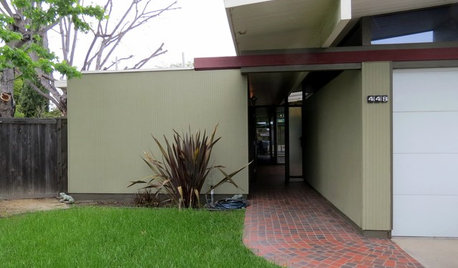
HOUZZ TOURSMy Houzz: Yard Seals the Deal for an Eichler Home
Expansive indoor-outdoor living sold a couple on this midcentury California home, now brimming with vintage finds collected over time
Full Story
PETSDealing With Pet Messes: An Animal Lover's Story
Cat and dog hair, tracked-in mud, scratched floors ... see how one pet guardian learned to cope and to focus on the love
Full Story
DECORATING GUIDESThe Dumbest Decorating Decisions I’ve Ever Made
Caution: Do not try these at home
Full Story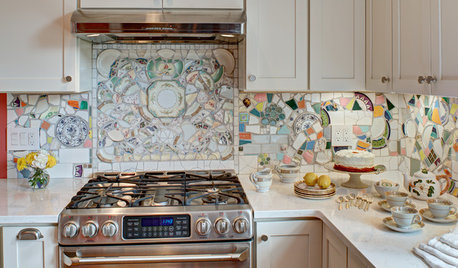
MOST POPULARKitchen of the Week: Broken China Makes a Splash in This Kitchen
When life handed this homeowner a smashed plate, her designer delivered a one-of-a-kind wall covering to fit the cheerful new room
Full Story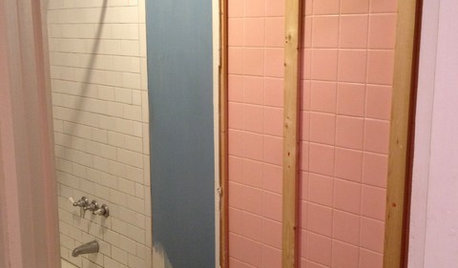
REMODELING GUIDES5 Ways DIY Remodels Get Derailed — and How to Deal
Keep your remodel on track by knowing the potential pitfalls ahead of time
Full Story
LIFEThe Polite House: How to Deal With Noisy Neighbors
Before you fly off the handle, stop and think about the situation, and follow these steps to live in harmony
Full Story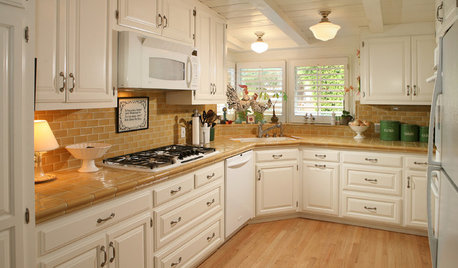
KITCHEN COUNTERTOPSKitchen Counters: Tile, the Choice for Affordable Durability
DIYers and budget-minded remodelers often look to this countertop material, which can last for decades with the right maintenance
Full Story
TINY HOUSESHouzz Tour: A Custom-Made Tiny House for Skiing and Hiking
Ethan Waldman quit his job, left his large house and spent $42,000 to build a 200-square-foot home that costs him $100 a month to live in
Full Story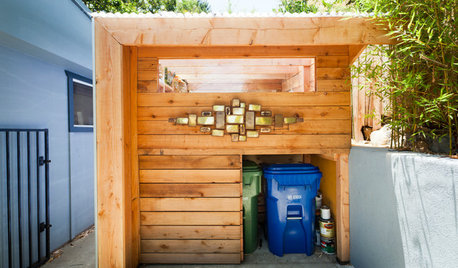
CURB APPEALHouzz Call: How Do You Hide Your Trash?
No one wants to see those trash and recycling bins. So where do you stash them while you wait for the garbage truck? Show us your designs!
Full Story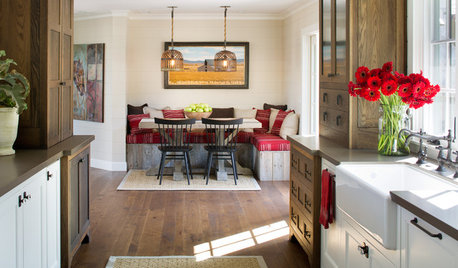
KITCHEN DESIGN15 Farmhouse Kitchens That Made Us Swoon This Month
Raw wood, natural light, shiplap siding — we just couldn’t get enough of these farmhouse-style kitchens uploaded to Houzz in January
Full StoryMore Discussions








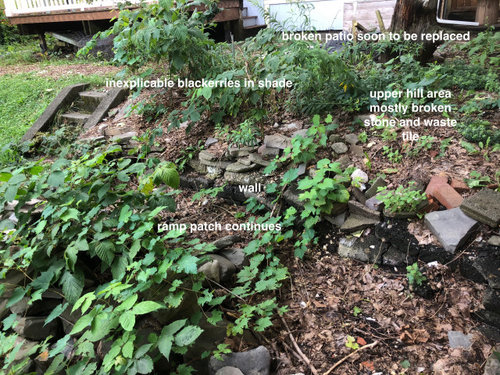

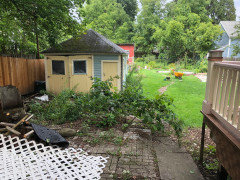





mad_gallica (z5 Eastern NY)